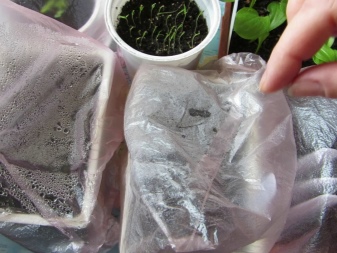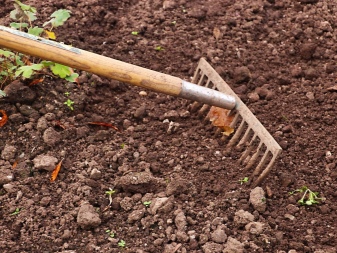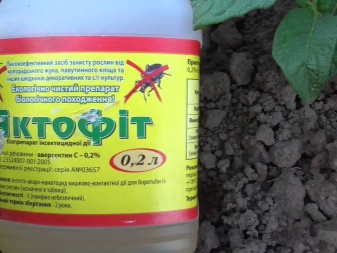Aster needle: varieties, recommendations for growing

A beautiful colored aster can be found on almost any personal plot. After all, this is the most unpretentious and cute plant that blooms until the onset of the first frost. Gardeners especially like needle asters.


Description
From the Greek language, the word "aster" is translated as "star". The homeland of asters is China. They appeared in Europe only in the 17th century, when they were brought there by a wandering monk. After that, the plant began to be used to breed a wide variety of varieties, including needle asters. The height of the bush can vary from 10 centimeters to one and a half meters. Most often, their leaves are serrated.
The color of the petals can be different - from pale white to bright red.



Popular varieties
There are a large number of varieties of needle asters, consider the most popular.
"Sugar Star"
This beautiful plant with snow-white flowers can grow up to 65 centimeters in height. The diameter of the inflorescence is 15-18 centimeters. Asters of this variety begin to bloom in mid-August and lasts until the end of October. During this time, the bush can form up to 15 inflorescences. Due to its beauty, the Sugar Star aster is used not only to create flower beds or flower beds, but also to form bouquets.
It is better to plant such an aster in a sunny and open place. At the same time, the soil should be light and fertile.


"Unicum mix"
This type of aster includes several varieties at once, which differ from each other only in shades. Plant height reaches 60 centimeters. Flowers are single, densely double, up to 16 centimeters in diameter. During the entire flowering period, up to 28 flowers can form. Shades of needle aster "Unicum Mix" can be very different: white, yellow, red, and even purple.
Most often they are grown to create bouquets, because they can stand in water for up to two weeks. In addition, almost all needle asters go well in a bouquet with any greenery.



Landing
Asters are planted with seeds. They can be placed directly in open ground or sown on seedlings. Whichever option is chosen, the seeds must be prepared before planting. This can be done in two ways.
- Germination. For this, the aster seeds must be wrapped in a soft cloth, and then moistened with a solution of potassium permanganate. Every day, you need to moisten the fabric with a spray bottle. After 7 days, the seeds should be transferred to a plastic bag and placed in a warm place. After two days, you can sow them.
- Soak. This option allows you to speed up the planting process. It is enough to soak the seeds for 8-10 hours in a solution of succinic acid or potassium, after which you can start sowing.


Seedling method
The soil should contain a large amount of peat, in addition, a little coarse sand and humus should be added to it. For disinfection, it is necessary to calcine the finished substrate in the oven for 1 hour or simply spill it with a hot solution of potassium permanganate.
The depth of the container for planting must be at least 7 centimeters. It is necessary to pour the prepared substrate into it, water it abundantly, and then, using an ordinary toothpick, make small indentations up to one and a half millimeters. It is necessary to place either germinated or soaked seeds in the holes, and sprinkle them on top with a thin layer of earth.


To speed up the germination process a little, the container with the seeds must be covered with glass or foil. After that, you need to put it in a warm place.It is necessary to regularly moisten and ventilate the container with seeds. It will be enough once a day.
The first shoots should appear in 9-10 days. After that, the glass will need to be removed, and the container should be transferred to a cooler place. It is necessary to water the seedlings as the earth dries up, but it is still not worthwhile to allow waterlogging. When 3-4 leaves appear on the seedlings, it is necessary to dive. You can plant sprouts either in cups or in small special containers.


In open ground, seedlings should be planted only when there is no night frost. But at the same time, the plants should already have 6 leaves. It is best to start planting seedlings in the afternoon, when the sun is no longer shining too much.
It is necessary to make small holes in advance, and then pour them with water. When moisture enters the ground, you can place seedlings in the holes and sprinkle it with earth with peat or humus. The distance between low asters should be at least 20 centimeters, between medium - up to 25 centimeters, and between high - up to 40 centimeters.


In open ground
It is possible to sow seeds directly into the ground both in spring and late autumn. In both cases, germination will be high.
It is necessary to familiarize yourself with the features of the autumn planting. At the beginning of October, you need to prepare the place. To do this, you need to dig up the ground, remove all the roots, and then level the soil well with a rake and tamp it a little. Next, you need to make several furrows up to two centimeters deep. The distance between them must be at least 30 centimeters.
After that, they must be covered with agrofibre. As soon as the first frosts come, it must be opened and the seeds must be placed in the furrows. From above, they must be covered with dry earth and must be tamped. After that, everything must be covered with dry leaves. In April, all of them are carefully removed, and the area with sown asters is again covered with agrofibre, which will protect the seedlings from possible frost. It is removed only at the beginning of June.


Spring planting is divided into two phases. The first time the seeds are sown at the end of April, and the second time - at the beginning of May. This increases the chances of germination.
The earth, as in the first case, also needs to be dug up, and then furrows are made. Then they must be well filled with water and the cooked seeds should be spread out. The interval between them should be up to two centimeters. Next, everything must be covered with dry earth with the addition of peat or humus. To make the seedlings appear a little faster, they can be covered with foil on top.


Care
Needle asters are picky, but they still need some care. First of all, these plants need to be watered regularly. This should be done as the soil dries out. In addition, loosening is imperative. In the event that it is not possible to regularly weed your flower bed, it is best to use mulch.
Another important point is plant fertilization. Feeding is necessary 3 times per season. The first time fertilization is applied when 4 leaves appear on the sprout. For this, ammonium nitrate is suitable, 1 matchbox per 1 square meter is enough.

The second feeding falls on the budding time of the aster. Most often, nitrate or superphosphate is used with the same calculation as the first time. The third feeding is done during the period of active flowering of the plant.
In addition, it is necessary to regularly do pinching so that the flowers are more lush and beautiful. It is enough to leave 5 sprouts on one bush and the inflorescences will turn out to be large.



Pests and diseases
Most often, asters strike spider mites and aphids. The first of them settle on the lower part of the leaves and feed on aster juice. In this case, the leaves wither and then dry out altogether. To combat them, drugs such as "Aktofit" or "Actellik" are most often used. They do not kill bees and other beneficial insects.
Aphids most often appear on young plants, which immediately slows down their growth. In addition, the leaves begin to crumble along with the buds that appear. To combat aphids it is necessary to use drugs "Karbofos" or "Chlorophos".




If we talk about diseases, then some diseases can harm asters.
- Fusarium. This is a fungal disease that affects not only the buds, but the entire plant. If the plant is infected with a fungus, it is useless to fight it - the asters must be immediately dug up and burned, since there is still no medicine to fight it.
- Septoriosis affects the leaves of the plant. To combat it, you can use Bordeaux mixture or copper oxychloride.
- Gray rot affects plants only in rainy weather. At the same time, the whole plant becomes ill. You can use the same Bordeaux liquid or the drug "Radomil" as a prophylaxis.



Needle asters can be planted even by a novice gardener, because this plant does not require special attention to itself.
The following video will tell you about growing asters from seeds.







































































































The comment was sent successfully.